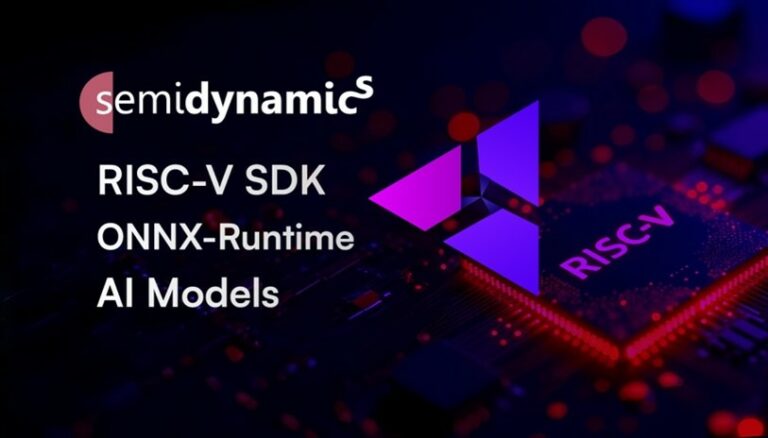Chips are ubiquitous nowadays. Not only in your traditional computers, such as laptops and desktops. Not only inside the mobile devices that you carry, such as smartphones or tablets. They are present in your house: in your fridge, microwave or vacuum cleaner robot. They are in your city: in security cameras, controlling street lights or monitoring air pollution. They are in your car, providing assistance to the driver or even driving the vehicle. You wear them in your smartwatch or in your Bluetooth headphones. As we live in a digital world, our society depends on chips for work, entertainment, healthcare or security among many other areas.
But what is a chip? Simply put, a chip, a.k.a. processor or microprocessor, is the hardware that runs all the fancy applications that you use on a daily basis. More technically, it is a small flat piece of sil



